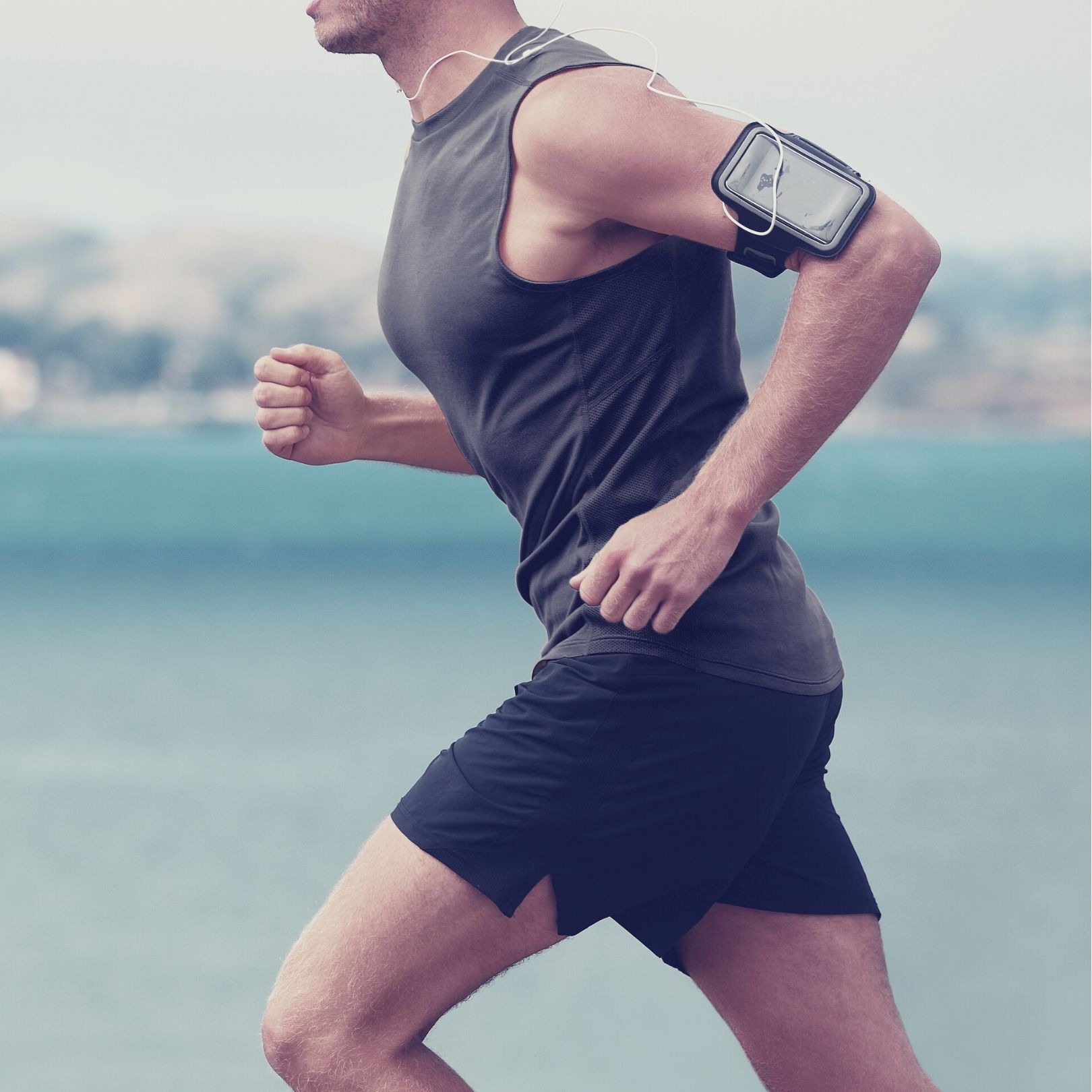When athletes hit the weight room they do so to strengthen and build muscle. It’s not rocket science. Bigger muscles are stronger muscles. But stronger muscles don’t automatically equate to better performance. Strong muscles also need endurance. They need a robust and continuous fuel supply to keep moving and working.
Here is where most people immediately think of food. And while that’s correct – food does provide glucose and other fuel for the body – there’s more to it. Glucose must first react with oxygen. This reaction forms adenosine triphosphate (known as ATP). And it’s this ATP molecule that muscle cells actually use for energy.
That means, without enough oxygen, the breakdown of glucose is incomplete and ATP energy is scarce.
Therefore, when it comes to exercise performance, oxygen intake and respiratory training are just as important as food intake and weight training. In fact, respiratory health is sometimes what separates the “good” athletes from the “elite” athletes.
Elite Athletes Have Greater Lung Capacity and Efficiency
It is well-known that exercise increases your breathing rate. And breathing faster increases the rate at which oxygen is brought into the body. Also important is lung volume. The deeper you breathe, the more your lungs will expand and the more oxygen you will take in.
But perhaps what is most crucial is respiratory efficiency – how well you use the oxygen that you’re bringing into your body.
The maximum volume of oxygen that your body can use during intense exercise is called Vo2 Max. This is not just a measurement of lung volume or capacity, but also a measurement of how fast and efficiently the oxygen is extracted from your blood and moved throughout your body.
Naturally, most elite athletes have a higher-than-average Vo2 Max which enables a more efficient supply of energy in high-intensity competition.
Improve Vo2 Max with Interval Training and Air Quality
Athletes working to improve performance and endurance will often train specifically to improve Vo2 Max. Many will intermix HIIT (high-intensity interval training) with longer, continuous training. HIIT workouts are short intervals of highly intense exercise at approximately 90 to 95 percent of one’s maximum heart rate. Continuous training involves longer intervals at a lower intensity.
Serious athletes will also consider air quality as part of their respiratory training approach. There are many contaminants circulating in the air that can travel deep into the lungs and cause decreased lung function and other serious health problems. Studies show these contaminants can hinder an athlete’s Vo2 Max. (1) Researchers theorize this is because of low oxygen transport from the air sacs in the lungs.
Oxygen is a Critical Part of Exercise Recovery
While it’s often overlooked, resting (also known as recovery) is a vital part of athletic performance, too. Exercising damages muscle fibers. This is actually a good thing, though, because the body repairs and rebuilds stronger muscle fibers after a workout.
This is how a person grows stronger, through the continual breakdown and rebuilding of muscle fiber. So, if you think about it, recovery is where the body does some of its most important work in regard to training.
After a workout, muscles are often depleted of oxygen. If oxygen is not replenished, muscles can fill with lactic acid causing soreness and pain, sometimes delaying future training. That’s why many athletes will not only refuel with glucose and protein but also oxygen! They use deep breathing techniques to restore oxygen to depleted muscle tissue.
Subhead
For this reason, many athletes use an air purifier in training facilities, recovery rooms, and homes – especially the bedroom. The bedroom is often considered one of the most dangerous rooms in the house. Dust mites reside in blankets, pillows, and curtains. Volatile organic compounds (VOCs) are emitted from carpets, furniture, and mattresses.
What’s more, a person’s respiratory abilities decrease by 50% when lying down, making it difficult for the lungs to properly filter out these pollutants. That’s why many athletes use the Austin Air Bedroom Machine – because it is proven to remove up to 99% of airborne contaminants such as viruses*, bacteria, dust, dander, and allergens. It also protects against chemicals, VOCs, and gases.

“I can tell just by walking in the house just how pure the air is… it’s really changed the quality of sleep that I get.”
– Jordan Poyer
Safety for the Buffalo Bills, and Austin Air Athlete

“Austin has been a game-changer for me. Life changer for my family and we love it!… a great addition to my home.”
– Grady Jarrett
Defensive End for the Atlanta Falcons, and Austin Air Athlete
Resources:
